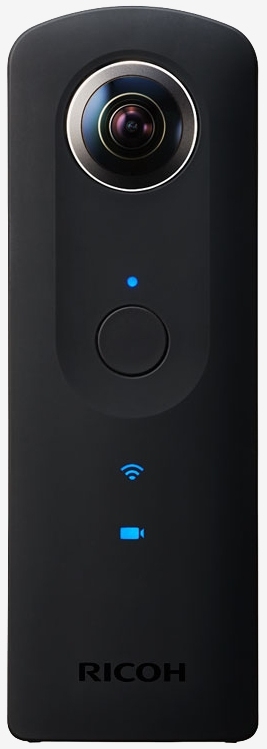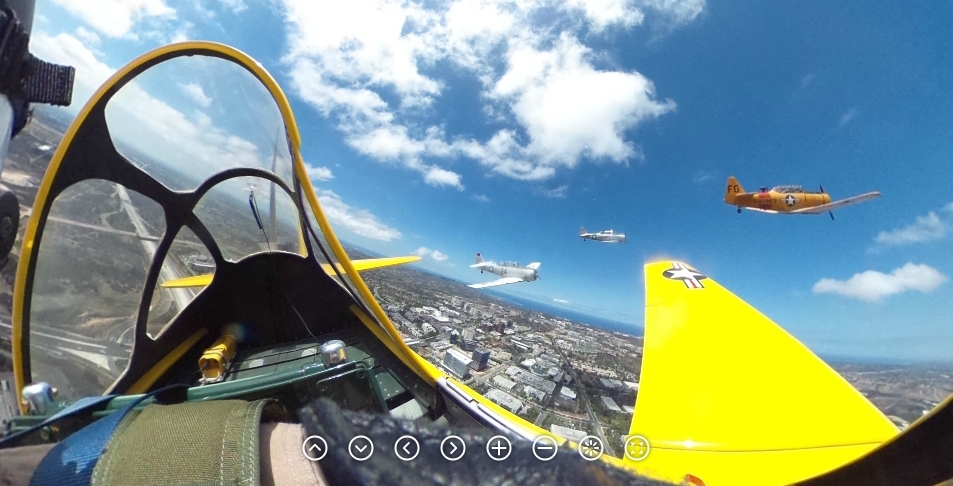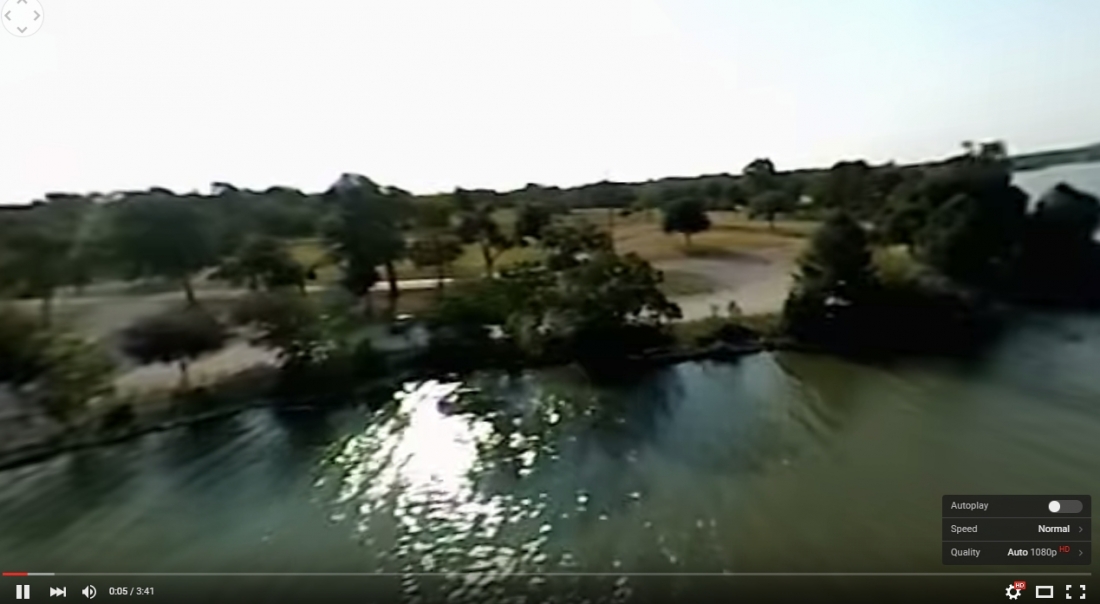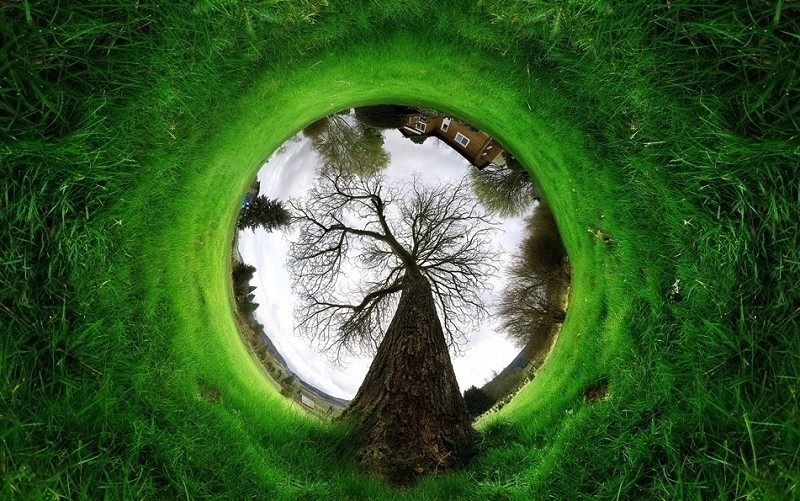YouTube this past spring enabled support for 360-degree video uploads. The forward-looking format certainly sounds appealing yet as is often the case with emerging technology, early implementations leave a lot to be desired.
At the time, only four cameras capable of capturing 360-degree videos were compatible with YouTube's new format. All of the early cameras suffered from one fatal flaw: their image quality was absolute garbage.

One of those was the Ricoh Theta. At IFA, the company announced a follow-up to its earlier 360-degree camera with improvements across the board.
The Ricoh Theta S packs dual 12-megapixel image sensors that combine to output 14.4-megapixel spherical stills or 1080p HD video at 30 frames per second. The lenses feature a fast f/2.0 aperture for improved performance in low light while manual controls allow for fine-tuning of shutter speed and ISO.

The Theta S can stream live video over its HDMI type-D or micro USB connector or save it to local storage (8GB but only 4GB is available for video storage). We're also told that the camera's Wi-Fi module is now able to transfer imagery four times faster than before.
That all sounds wonderful, but how does the camera perform in the real world? Well, that's hard to gauge.
The interactive sample photos on Ricoh's website all look amazing. The sample clip it uploaded to YouTube, however, looks just as terrible as I remembered. I sent the clip to several other people and tried it on multiple platforms, all with the same results.

Some browsers show the clip as two individual streams that look fine while others (the interactive version) reveal a very blurry and poor-looking experience. It's puzzling how the still images can look so great while the video quality is absolute garbage.
The Ricoh Theta S is slated to arrive in Asia, Europe and the US in late October for $349.
